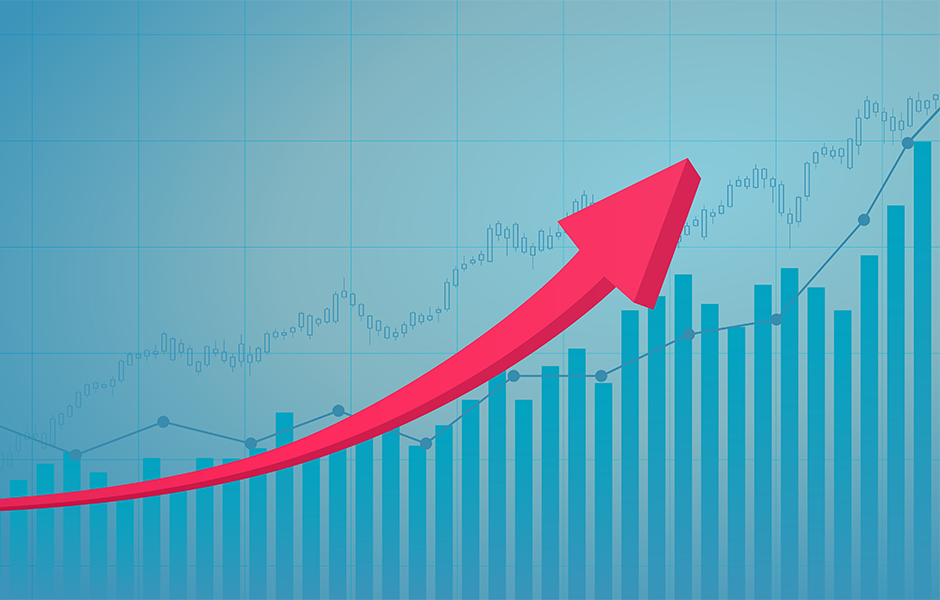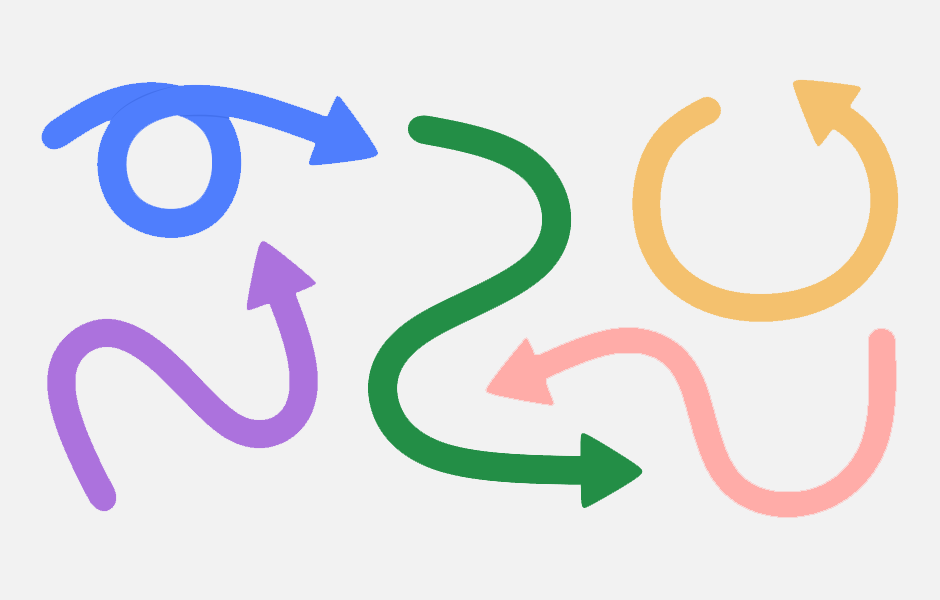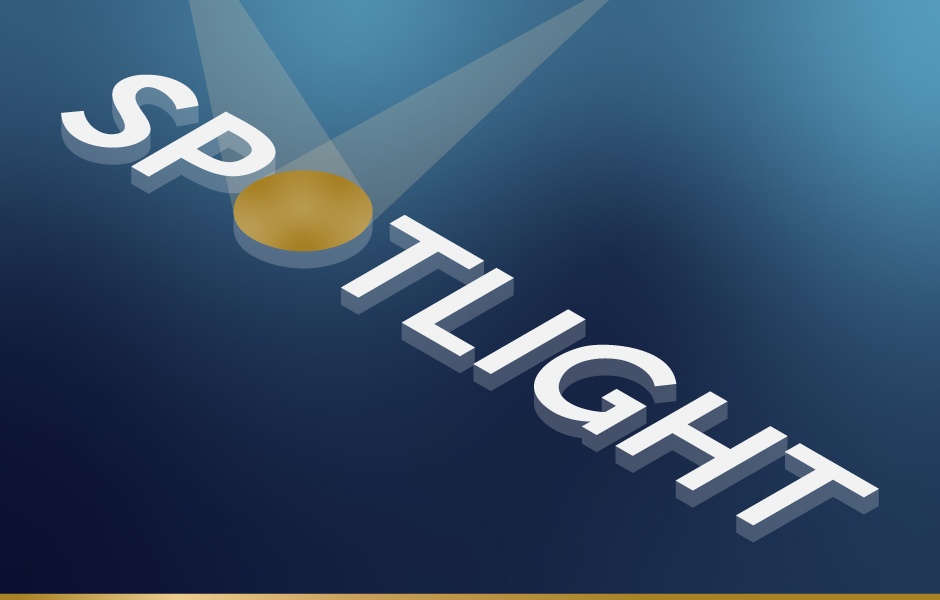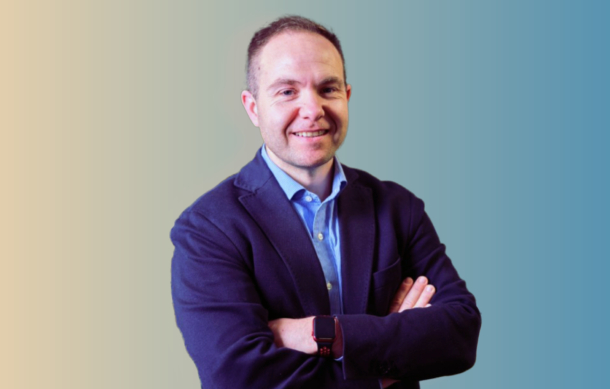Words by GOLD newsdesk
The third quarter of 2024 brought a mix of gains and modest declines for the pharmaceutical industry’s top players, according to a report by GlobalData.
The aggregate market capitalisation of the 20 largest drugmakers grew by 2% overall to reach $4.3tn. Among these, Bristol Myers Squibb, Gilead Sciences and Sanofi stood out with robust growth, while the two leading companies, Novo Nordisk and Eli Lilly, experienced minor dips in the individual market cap figures.
BMS: +25%
Bristol Myers Squibb led the pack with a 25% rise in market cap, driven by regulatory approval of its schizophrenia treatment and other positive progress. “We made important strides in the third quarter with the landmark US approval of [xanomeline/trospium] for schizophrenia, continued sales momentum, strong cash flow generation and key pipeline achievements,” said Christopher Boerner, Board Chair and CEO, BMS. Additional achievements included robust demand for apixaban, the company’s drug to reduce the risk of stroke and blood clots in people with atrial fibrillation.
Gilead: +22%
Gilead Sciences, seeing a 22% boost, benefited from regulatory wins in treatments for liver disease and HIV. The company’s HIV product sales increased 9% to $5.1bn in the third quarter of 2024 compared to the same period in 2023. “Gilead’s third quarter results are the strongest of the year to date,” said Daniel O’Day, Chairman and CEO, Gilead. He expressed optimism that this growth will continue, driven by the potential approval of lenacapavir as a preventive treatment for HIV. If approved in 2025, lenacapavir would be the first and only twice-yearly option for HIV prevention.
Sanofi: +19%
Sanofi, up 19%, benefited from strong sales of its flu and RSV vaccines but also saw success with newly launched drugs, including its treatment for haemophilia A. Paul Hudson, CEO, Sanofi, linked the good results to “steady progress of our new pharma launches”, but also “the continued momentum of our best-in-class biologic, now approved in six type 2 inflammatory diseases “. The drug dupilumab is now the first biologic to be approved for chronic obstructive pulmonary disease in the EU, China and the US, following FDA approval earlier in 2024.
AbbVie: +15%
AbbVie reported a 15% market cap lift, driven by strong demand for its new immunology drugs, which offset losses from expiring adalimumab patents. Global net immunology revenue reached $7bn, up 3.9%, with strong sales for its monoclonal antibody treating plaque psoriasis, psoriatic arthritis, Crohn’s and ulcerative colitis. In Q3, AbbVie also completed its acquisition of Cerevel, expanding its neuroscience portfolio. “We delivered another quarter of strong commercial execution and significant pipeline progress,” said Robert Michael, CEO, AbbVie, who raised the company’s full-year guidance following the results.
Roche: +14%
Roche grew by 14%, driven in part by the success of its eye disease portfolio. Faricimab-svoa received EU approval in August for the treatment of visual impairment caused by retinal vein occlusion. The company also benefited from the US approval of inavolisib for an advanced, difficult-to-treat breast cancer. Summarising the quarter, Thomas Schinecker, CEO, Roche, said: “We made significant progress in our pharmaceuticals portfolio in the last quarter with five important regulatory approvals for our medicines, three positive phase III read-outs and two acquisitions.”
Mixed results for market leaders
Final word
While some of the top 20 companies experienced small declines, the industry overall remained on solid footing as it entered Q4 2024. With market confidence growing, regulatory approvals rolling in and a range of pipeline advancements, the industry appears set for sustained momentum. The Q3 results reveal a sector that continues to adapt and evolve, underpinned by a commitment to long-term innovation.









